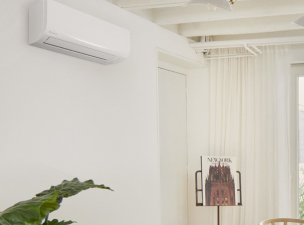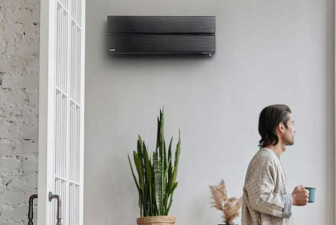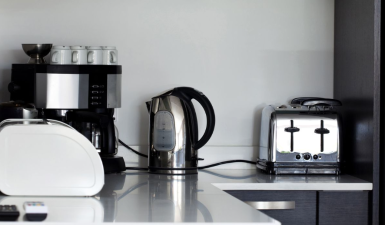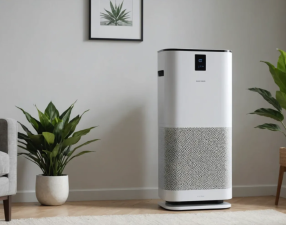Air Conditioner vs. Fresh Air System: Which Is Better?
There are two common types of air conditioners on the market: fresh air air conditioners and standard air conditioners. Many users may not be familiar with fresh air conditioners. So, what is the difference between fresh air conditioners and standard air conditioners?
The Core Difference Between Fresh Air Conditioners and Standard Air Conditioners
In recent years, fresh air air conditioners, known as "breathing air conditioners," have rapidly gained popularity and are favored by many consumers. Their fundamental difference from traditional air conditioners lies in their air replacement capabilities. Standard air conditioners are like closed "thermostats," regulating the indoor temperature through internal circulation but failing to introduce fresh air. Prolonged use of standard air conditioners can lead to elevated indoor carbon dioxide concentrations and oxygen depletion, making people feel stuffy and uncomfortable. Fresh air air conditioners, on the other hand, act like intelligent "air stewards." Through their built-in micro-positive pressure ventilation system, they filter fresh outdoor air and introduce it into the room, while simultaneously expelling polluted air, creating an "external circulation" system that keeps the indoor air fresh at all times. Fresh air air conditioners exchange air between inside and outside, filtering PM2.5 through a HEPA filter before introducing fresh outdoor air (at a rate of 30-60 m³ per hour), addressing oxygen depletion in confined spaces.
Ordinary air conditioners only circulate indoor air for cooling and heating, failing to improve air quality. The price difference between these two models is approximately 30%-50%, and fresh air air conditioners require additional drilling (5-7 cm in diameter) for ventilation duct installation.

So, how should you choose a good fresh air conditioner?
- Installation Method: Does it Require Additional Drilling?
Currently, there are two main installation methods for fresh air conditioners on the market:
The first is a flare-free design, where the air conditioning and fresh air functions share a single outlet. The biggest advantage of this design is its ease of installation, requiring no additional drilling in the wall and preventing damage to the wall structure.
However, flare-free fresh air air conditioners may have a relatively low fresh air volume. If your room is large or you require a high fresh air volume, pay close attention to the fresh air volume parameters when choosing a flare-free model to avoid insufficient fresh air volume. The second option is a separate hole design, where the fresh air system and the air conditioning system use separate holes. The advantage is that this can better meet the ventilation needs of larger spaces, with greater fresh air volume and improved air circulation.
However, the disadvantage is also significant: installation requires additional holes in the wall, and no one wants two large holes in their walls.
In general, both installation methods have their pros and cons, and the choice should be based on your home's circumstances and needs. Personally, I prefer models that don't require hole expansion. When purchasing, simply look for models with a high fresh air volume.

- Is a higher fresh air volume always better?
The fresh air volume directly determines the efficiency of indoor air renewal.
If you're planning to purchase a wall-mounted unit for a relatively small space like a bedroom or study, be sure to pay attention to the fresh air volume and applicable area listed on the product. Currently, mainstream wall-mounted fresh air units on the market generally have an air volume of around 30-40 m/h. Of course, some high-end models offer even higher fresh air volumes, so consider these options if you have a sufficient budget. If you're purchasing a cabinet unit for a larger space like a living room, you should also consider the appropriate air volume for the area it's intended for. Try to choose a model with a higher air volume to more effectively ensure fresh and comfortable indoor air.
- Air Type: Unidirectional or Bidirectional?
Keke recommends bidirectional air flow. Unidirectional air flow relies solely on positive pressure to expel polluted indoor air, resulting in lower costs and suitable for smaller spaces. Bidirectional air flow, on the other hand, has independent inlet and outlet ducts and can be used with a heat exchanger to recover heat, making it more energy-efficient and efficient.


